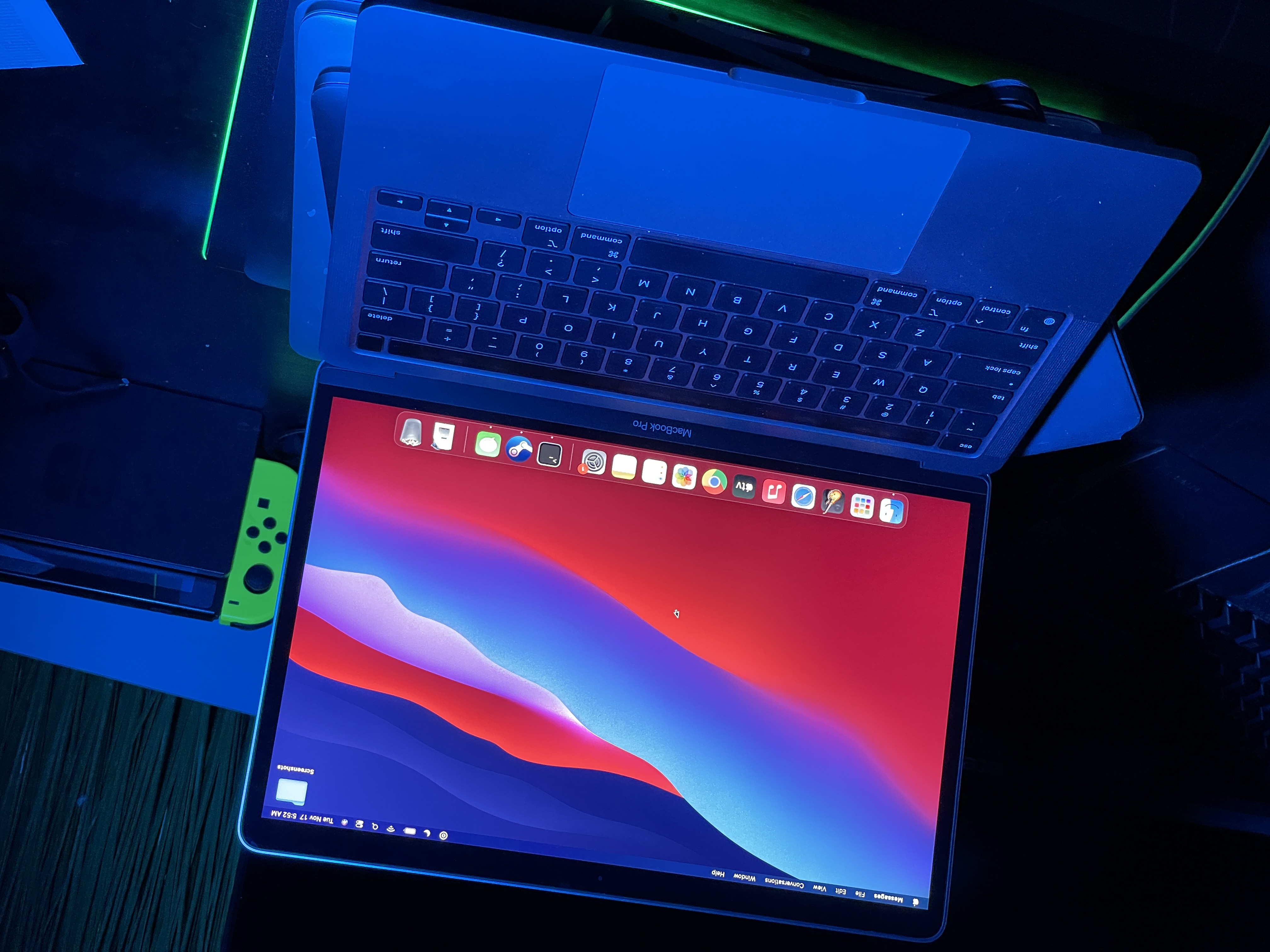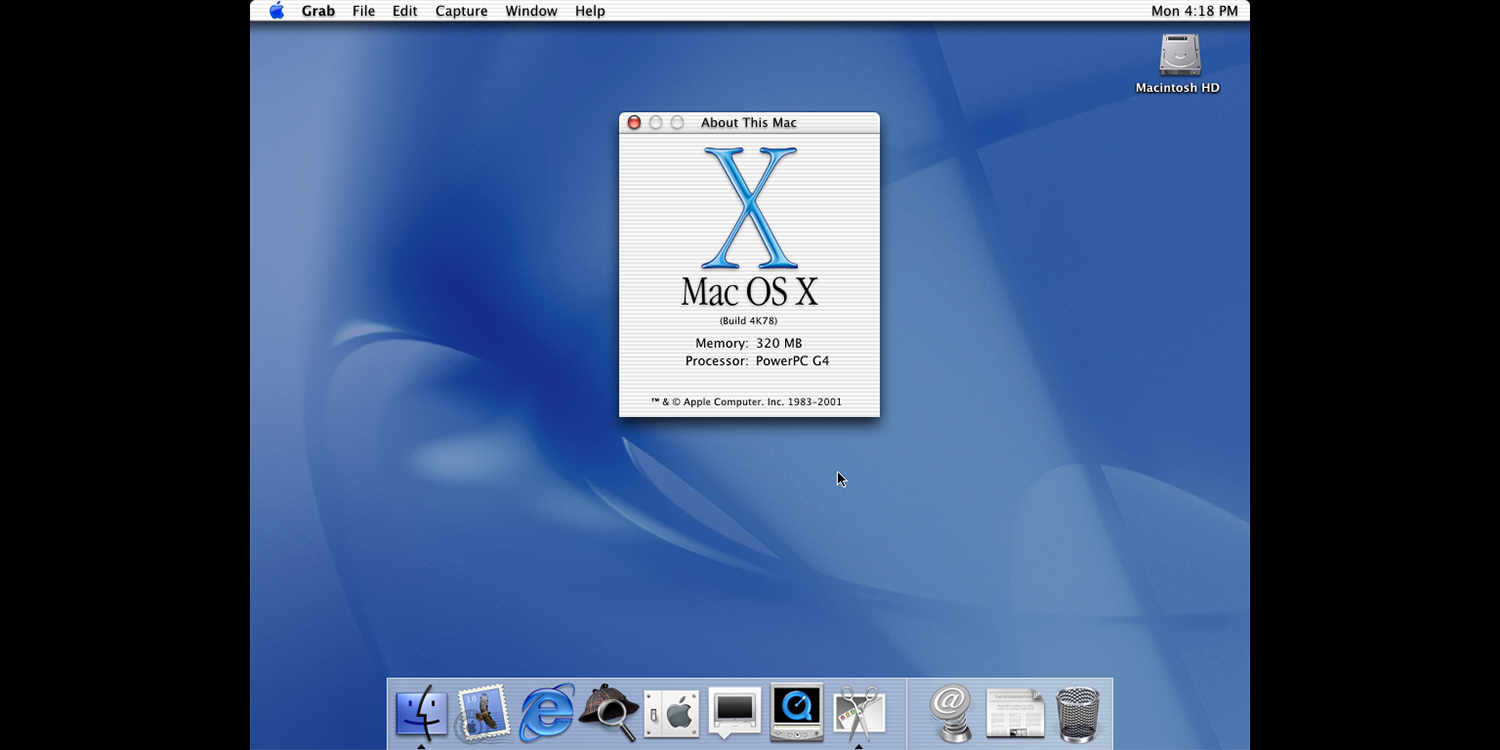yeah, Just An Idea. Mac OS
Mac OS, operating system (OS) developed by the American computer company Apple Inc. The OS was introduced in 1984 to run the company’s Macintosh line of personal computers (PCs). The Macintosh heralded the era of graphical user interface (GUI) systems, and it inspired Microsoft Corporation to develop its own GUI, the Windows OS.
Mac OS 9.2.2 Mac OS 9.2.2 is the update for Mac OS 9.2.1 users. It updates the Classic Environment application compatibility in Mac OS X and updates most enhancements. Custom Variants of Mac OS 9.2.2 Bootable Image for PowerMac MDD This is a copy of Mac OS 9.2.2 for the PowerMac G4 MDD, by oakbog. The first Mac with Apple silicon will ship by the end of this year, which some people have assumed will an iPad-like ultralight MacBook, maybe a new 12-inch, and others have hoped would be an homage to the previous transition — either a MacBook Pro, iMac, or both. And, also just like before, the entire transition is expected to take 2 years.
Mac OS X in particular is the product that saved Apple: it prevented Apple’s whole Ponzi scheme from collapsing.
Yeah. Put a few drinks into even the most ardent Apple supporter and he’ll admit that he promoted the virtues of the Power Macintosh 8110AV with the same desperate, hollow vim as that uncle of yours with a garage full of water filters. Apple had become a pyramid scam. We’d sunk so much of our enthusiasm and hopes into the Mac OS and gotten so little return from it that the only way to keep ourselves afloat was to do whatever we had to in order to bring in another wave of suckers.
Grand designs
“Aha, but what about the iMac?” you protest. “That was Steve Jobs’ first personal product after he came back to Apple. That was released in 1998!”
Oh, you poor, poor bastard. The original iMac was a water filter in a fresh, new Bondi Blue housing. Nothing had really changed. The awesome cosmetic redesign re-energized us all and allowed Apple to stall for time. They’d given us enough renewed hope that we didn’t make that phone call to the Better Business Bureau, like we promised our spouses we were going to.

(Honestly. Even today, I can’t imagine how Apple managed to successfully market a water filter that lacked a floppy drive.)
No, as a big a seller as the iMac was, it didn’t save Apple. Mac OS X did that. By the late 1990s, Mac OS Classic had become a boat anchor. It was prettier than Windows, but it crashed. A lot. If there’s any gin left in that bottle you opened to get our stereotypical Mac fan to cop to that Ponzi Scheme thing, pour him another few until he breaks down and admits that Windows had narrowed the usability gap to an almost nitpicky-thin margin, too.
Today, everybody wearing white earbuds knows the iOS success story. As with Mac OS X, it was the result of the courage to do new things and a determination to not add a new feature until it worked well, added true functionality, and made sense for the product.
iOS has been such a success that I’ve heard some people speculate that Mac OS X’s days are numbered. This is the point where I remind everyone that while alcohol greases the gears of Difficult Truths, you should cut someone off before the result is a damned-fool utterance like that one, or an unplanned pregnancy.
Nope, an iOS takeover will never happen. iOS is fundamentally designed for mobile devices. Making it live up to all of the expectations of a desktop OS would be like adapting a car to suit the physiology, cognitive capacity, and daily commuter needs of a squirrel. Even the simplest part of the problem (“Should we even bother installing a CD player, or will a jack for the squirrel’s iPod be enough?”) convinces you that it’s a pointless exercise.
But Apple’s a company that learns from its failures and its successes. It’s also bold enough to try something new and incompatible.

What about a notebook that runs a new, third OS… called iX? What could Apple build out of best parts of iOS and Mac OS X?
I love the iPad’s extreme portability. I love the simplicity of the user experience, too. “The Power To Be Your Best” is a fine idea in principle, but in the category of keeping my working environment clean and uncluttered, “my best” is, well, crap.
Solid performer
Which leads to the third thing: reliability. My iPad is the only machine in my office that I know will always work.
With the iPad, there’s also an implication that you don’t necessarily need to keep syncing files between the device and another computer. If my data is on Dropbox or my iDisk or Google Docs, I’m fine. I can grab my iPad and take off. I don’t need to think about what’s on the device or what I’ll want to accomplish during an afternoon at The Bagel Place With The Wi-Fi.
I love my MacBook because it runs a “real” desktop OS. When I had an 11” MacBook Air for a couple of months, I was running the same apps and working the exact same projects that I had on my desktop Mac, despite the fact that the Air was barely more trouble to carry around than my iPad.
I like the fact that it has standard ports and an open file system. If a file is on a flash drive, the medium presents a solution and not a problem.
So let’s consider an iPad built along the lines of the Air. It’d be a superslim and lightweight design, built as a clamshell notebook with a full keyboard. It’d feature an iPad-like 10 hour battery, minimum. One USB port, so I can connect to printers and data devices, and load up content on my iPhone when I travel.
The iX OS would run the same apps as Mac OS X Lion. But with a twist: an iX notebook would only run apps in their fullscreen modes. This limitation would firmly define iX as a “bridge” OS. It’d maintain and impose a simpler and stabler experience that limits distractions and potential problems. Even the Finder would be implemented as a fullscreen app that focused on useful tasks instead of infinite possibilities.
Unlike a Google Chrome notebook, an Apple iX wouldn’t be just a dumb client for remote apps. But it would have an instinctive and intimate relationship with your apps and files elsewhere on the network. Screen Sharing would be fundamentally woven into the OS. If you’re on the Internet, your Apple iX could “find” your Mac OS 10.7 desktop, run the fullscreen code from its installed apps, and relate to its files just as naturally as anything you had on your local device.
Yeah Just An Idea. Mac Os Catalina
Yeah, the Apple iX is pretty out there. Let’s not even log any of that in as Speculation. It’s just an interesting idea to play with. I’ve no idea how, for example, Apple could even market such a thing. They’d need to make it clear that it’s meant to be “the power of the desktop with the simplicity the iPad.” Many observers would instinctively think of the Apple iX as “way more complicated and expensive than an iPad, while deleting away all of the useful features that make a ‘real’ notebook so attractive.”
Yeah Just An Idea. Mac Os Download
(The solution? Underscore the fact that “Apple iX” translates to “Apple 9.” Even the snarkiest columnist, analyst, or message-board wag would be enamored by a computer that’s seven steps more awesome than the Apple //e that they pounded on all during school. They should paint the Apple iX a creamy tan, with chocolate-colored keycaps, just for good measure.)
If the Apple iX is a weird idea, the basic premise is sound. If Apple were to crossbreed their two most important products of the past ten years, the offspring couldn’t help but be interesting. Go to your local zoo and check out the long, long lines to see the Tigraffe if you doubt it.
[Macworld senior contributor Andy Ihnatko is also a technology columnist for the Chicago Sun-Times.]